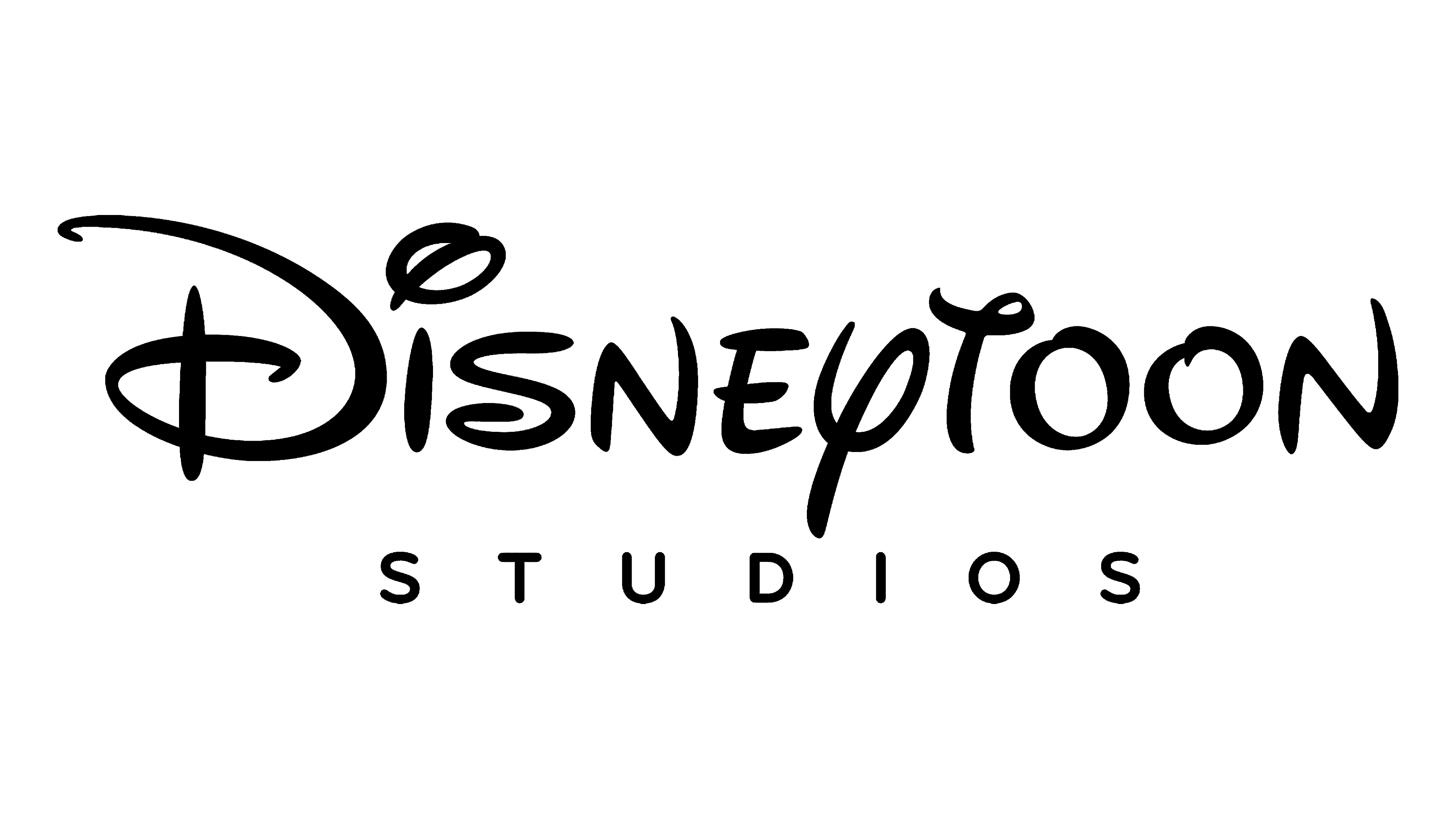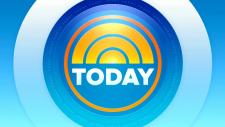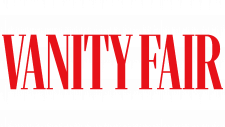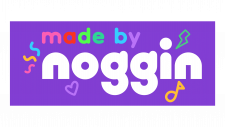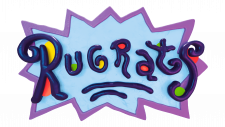DisneyToon Studios Logo
DisneyToon Studios, previously a subsidiary of Walt Disney Television Animation, specialized in creating direct-to-video and occasional theatrical animated films, often sequels to Disney classics. Renowned for movies like “Aladdin: The Return of Jafar” and “The Little Mermaid II,” it operated under Disney’s vast entertainment umbrella. However, in recent years, the studio’s role has evolved. With the rise of digital streaming platforms and changes in consumer preferences, DisneyToon’s focus has shifted, aligning more with Disney’s broader strategy in the animated film sector. Disney, a global entertainment titan, continues to oversee its operations, integrating the studio’s output with its expansive media and entertainment offerings, serving diverse markets worldwide.
Meaning and history
DisneyToon Studios, a dynamic chapter in Disney’s storied legacy, has traversed a unique path, adapting to shifts in leadership, production approaches, and market trends. Initially an arm of Walt Disney Television Animation, the studio emerged to address the burgeoning market for home video entertainment, diverging from Disney’s traditional theatrical focus.
Throughout the 1990s, DisneyToon became a household name by offering imaginative sequels to Disney’s beloved classics. Their portfolio, featuring titles like “Beauty and the Beast: The Enchanted Christmas,” carved out a special niche. These direct-to-video releases, while different in scale from Disney’s theatrical offerings, were critical in keeping the enchantment of Disney’s universe alive in homes worldwide.
Entering the 2000s, DisneyToon witnessed transformative changes. Disney’s restructured leadership brought a fresh perspective, emphasizing originality and refining animation quality. This shift coincided with a waning interest in direct-to-video formats, urging DisneyToon to innovate and adapt.
The studio’s exploration led to a noteworthy transition to theatrical releases in the mid-2000s, exemplified by the “Tinker Bell” film series. These films, exploring the untold stories of Peter Pan’s pixie companion, demonstrated DisneyToon’s versatility and its capability to captivate audiences in cinemas as well as living rooms.
The rise of digital streaming platforms and evolving animation standards in the late 2000s and 2010s prompted Disney to realign DisneyToon’s role within its broader corporate structure. This strategic shift was a nod to the changing landscape of media consumption, prioritizing cohesive, high-quality animation production that resonated with a global audience.
In its journey, DisneyToon Studios has mirrored the evolving narratives of Disney’s larger animation endeavors. From a subsidiary focused on direct-to-video content to a more integrated role within Disney’s expansive entertainment portfolio, DisneyToon’s evolution is a testament to Disney’s enduring adaptability and commitment to enchanting storytelling, ensuring that the studio’s influence persists in the ever-evolving world of animation.
What is DisneyToon Studios?
DisneyToon Studios, originally a branch of Walt Disney Television Animation, carved its unique identity by producing animated films primarily for direct-to-video markets. Known for creating sequels to beloved Disney classics and original stories, the studio played a pivotal role in expanding Disney’s animated universe beyond traditional theatrical releases, adapting over time to changing media landscapes and audience preferences.
1990 – 2003
The logo presents a bold statement with its two-tiered design. The upper tier showcases the iconic Disney script, a hallmark of whimsy and fantasy, with its flourish on the letter ‘D’ adding a touch of magic. Below, the word “MOVIETOONS” is etched in a chunky, 3D block style, painted in a vibrant yellow that suggests energy and creativity. The contrast between the classic Disney script and the modern, almost cartoonish lower tier encapsulates the studio’s bridge between tradition and contemporary animation. Shadows beneath the yellow letters give a sense of depth, implying the substantial impact of the studio’s works. This logo is a visual representation of DisneyToon’s commitment to bringing animated tales to life, marrying the legacy of Disney’s past with the boldness of modern storytelling.
2003 – 2011
This logo of DisneyToon Studios ushers in a more refined aesthetic from its predecessors. At its heart lies a minimalist silhouette of Mickey Mouse, encapsulated within a red circle, which represent both a spotlight and a global reach, hinting at the studio’s worldwide influence. The iconic Disney script, adjacent to Mickey, retains its timeless elegance, while the addition of “Toon” in a more playful, casual font underscores the studio’s dedication to animated features. A line underneath the text gives a grounding effect, suggesting stability and foundation. This design marks a shift towards a modern, streamlined identity, reflecting DisneyToon’s evolution in the digital age while honoring the enduring legacy of its parent company, Disney.
2011 – 2018
The logo for DisneyToon Studios in this image is a testament to the art of minimalistic elegance. It strips away any color and additional graphics, focusing solely on the fluidity and grace of the Disney handwriting-style font. The word “Disney” is written with its iconic, whimsical flourish, while “Toon” follows in a more relaxed, yet still stylish, script that complements without competing. The absence of other visual elements draws the eye to the craftsmanship of the lettering, a nod perhaps to the studio’s concentration on the purity of animation storytelling. This logo’s design distills the essence of DisneyToon Studios to its core elements, offering a clean and modern representation of the brand’s artistic endeavors.
